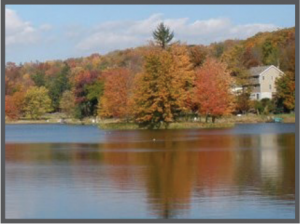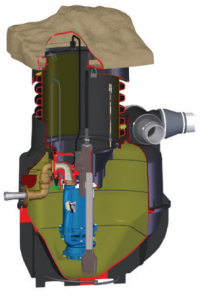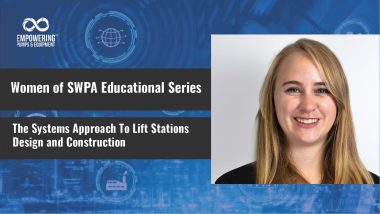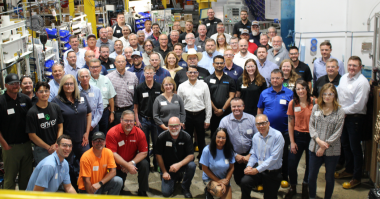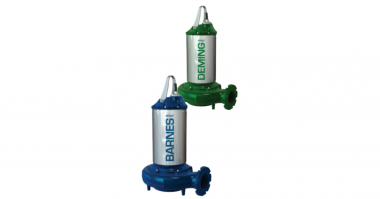SITE/LOCATION:
Lake Ariel, PA
3,800 home gated community in the Pocono Mountains of northeastern Pennsylvania.
PROBLEM:
An outdated, failing gravity-based sewer system with 26 failing duplex pumping stations. Raw sewage was leaking into yards, streets, and the lake.
SOLUTION:
Crane Pumps & Systems recommended a new pressure sewer system design utilizing KY Pipe hydraulic modeling software. The design eliminated all 26 of the failing stations and provided $80,000/year in electrical savings. The new system allows the biosolids to pass through much smaller pipes than a gravity sewer system and still drives sufficient head pressure to push wastewater to treatment even with a 210-foot elevation change.
Barnes Pressure Sewer Systems
In February 2010, Crane Pumps & Systems, CP&S, was invited to a meeting hosted by the Roamingwood Sewer and Water Authority and their engineering consultant Cardno BCM to discuss the failing gravity-based sewer system in Lake Ariel, Pennsylvania. The community includes a lake, a small ski resort, a golf course, and hiking and bicycle trails, all built on a rock foundation.
The existing 26 pumping stations included several different brands of pumps, an outrageous electrical consumption and they required continuous maintenance. The stations ranged in service life of less than 5 years old to being over 18 years old. Each duplex station had carried an initial $150,000 – $200,000 investment and now required replacement.
Crane Pumps & Systems provided Lake Ariel a low pressure sewer design that eliminated all of the lift stations and projected an $80,000 savings every year just in electrical costs. The new design included a Barnes EcoTRAN packaged system fitted with the Barnes Omni Grind grinder pump to be installed at each home site. The station is hidden under a tank cover disguised as a landscape garden rock. The newly designed pressure sewer system utilized much smaller pipe than a gravity-based system and eliminated the need for 40-foot open cuts through a neighborhood with pristine trees. The only entry points into the system from home site to treatment facility are the homes themselves. With no secondary leakage, treatment gets simpler, demands less energy and money, and is easier to predict what’s coming out the other end.
The sewer system restoration project is in phase 1 and phase 2 begins in Spring, 2015. CP&S representative, CW Sales, continue to support this replacement project and the Roamingwood Water Authority is pleased with the new design and will enjoy savings for years to come.


